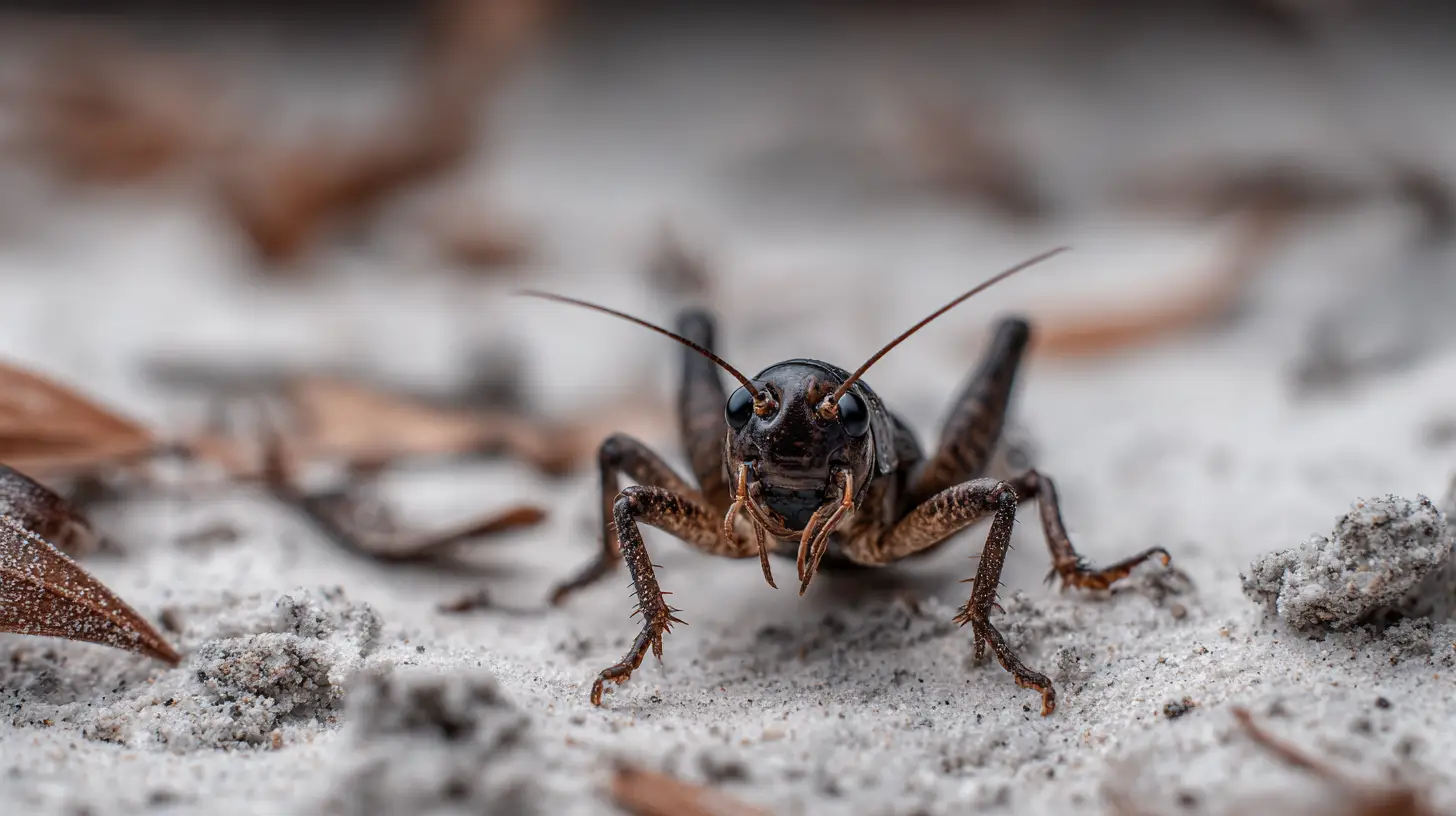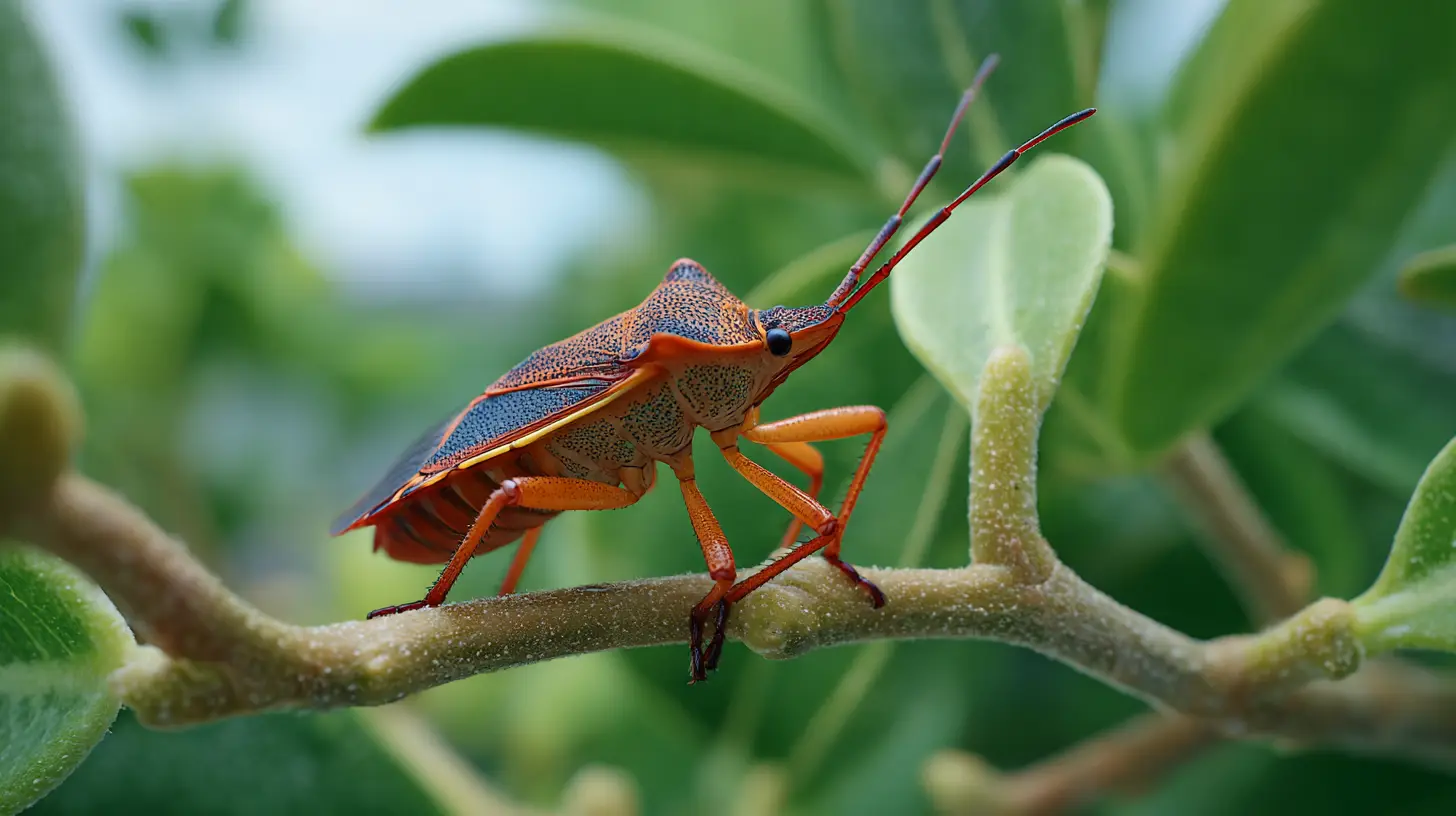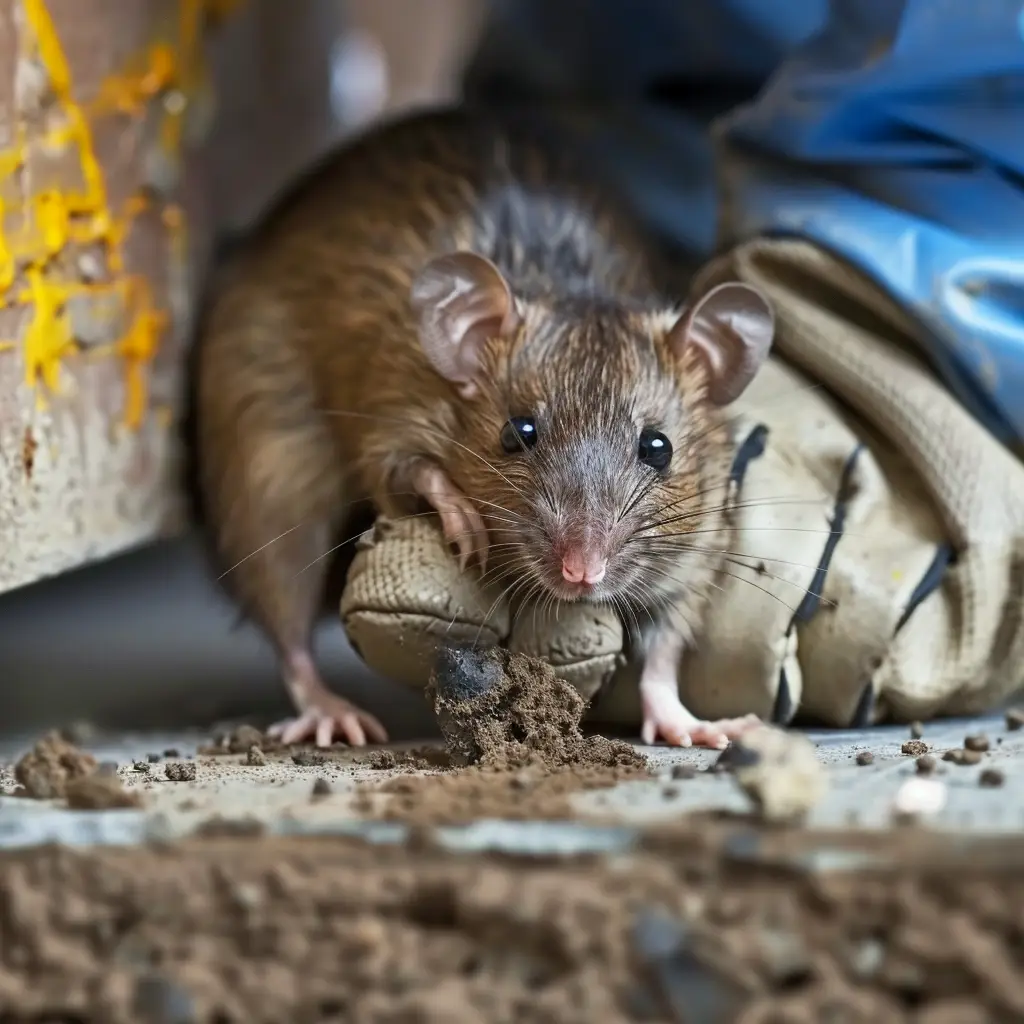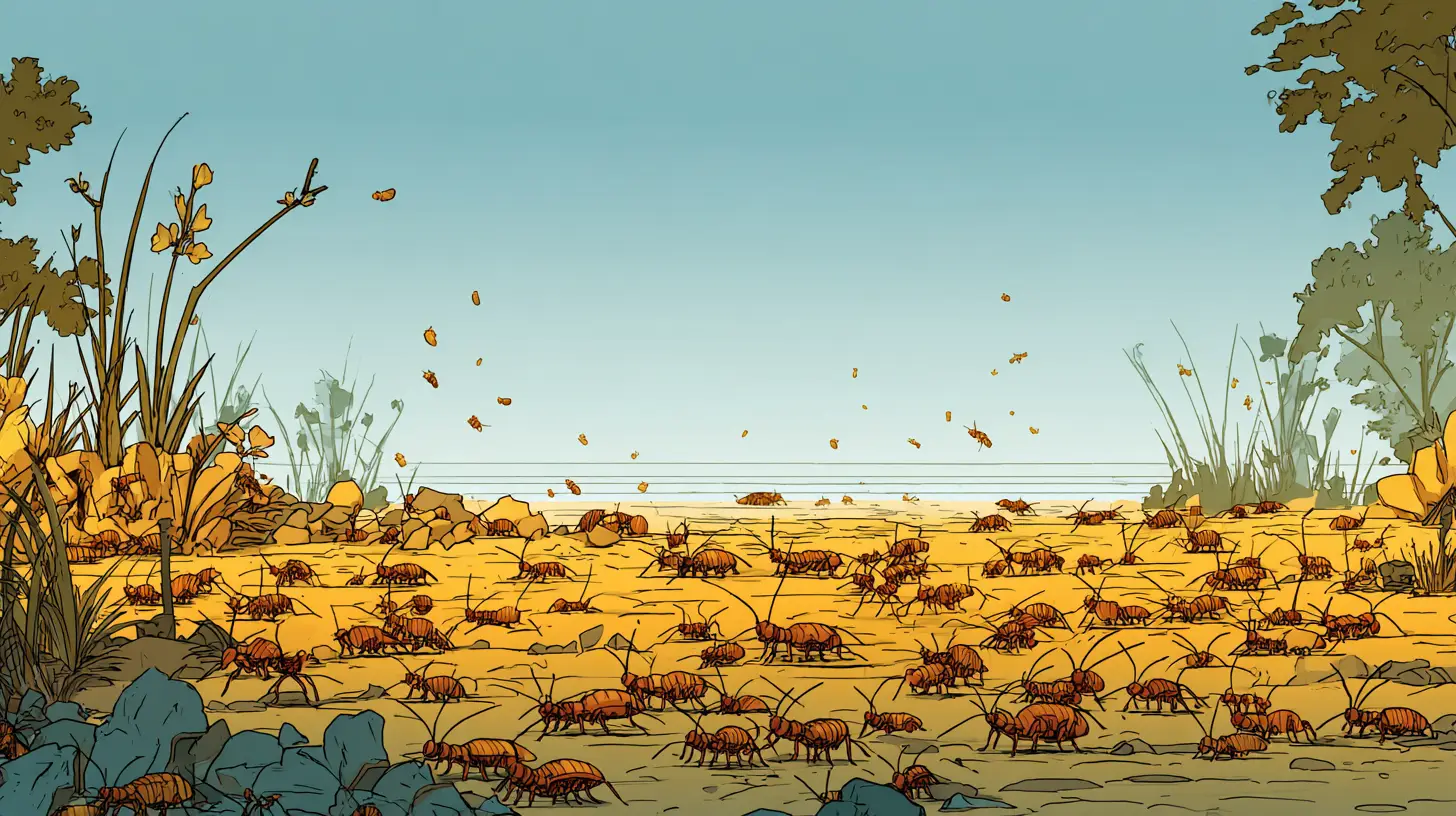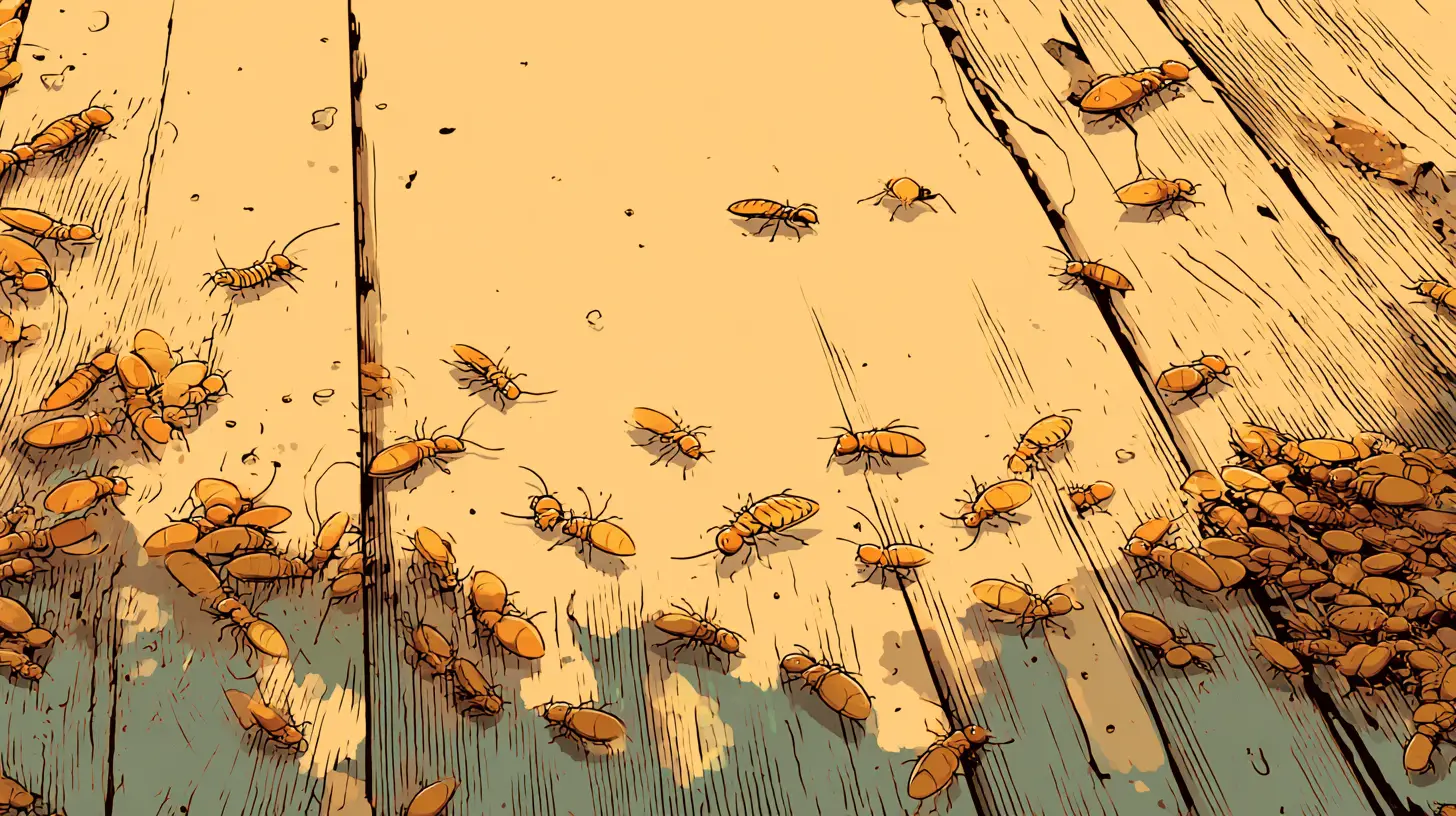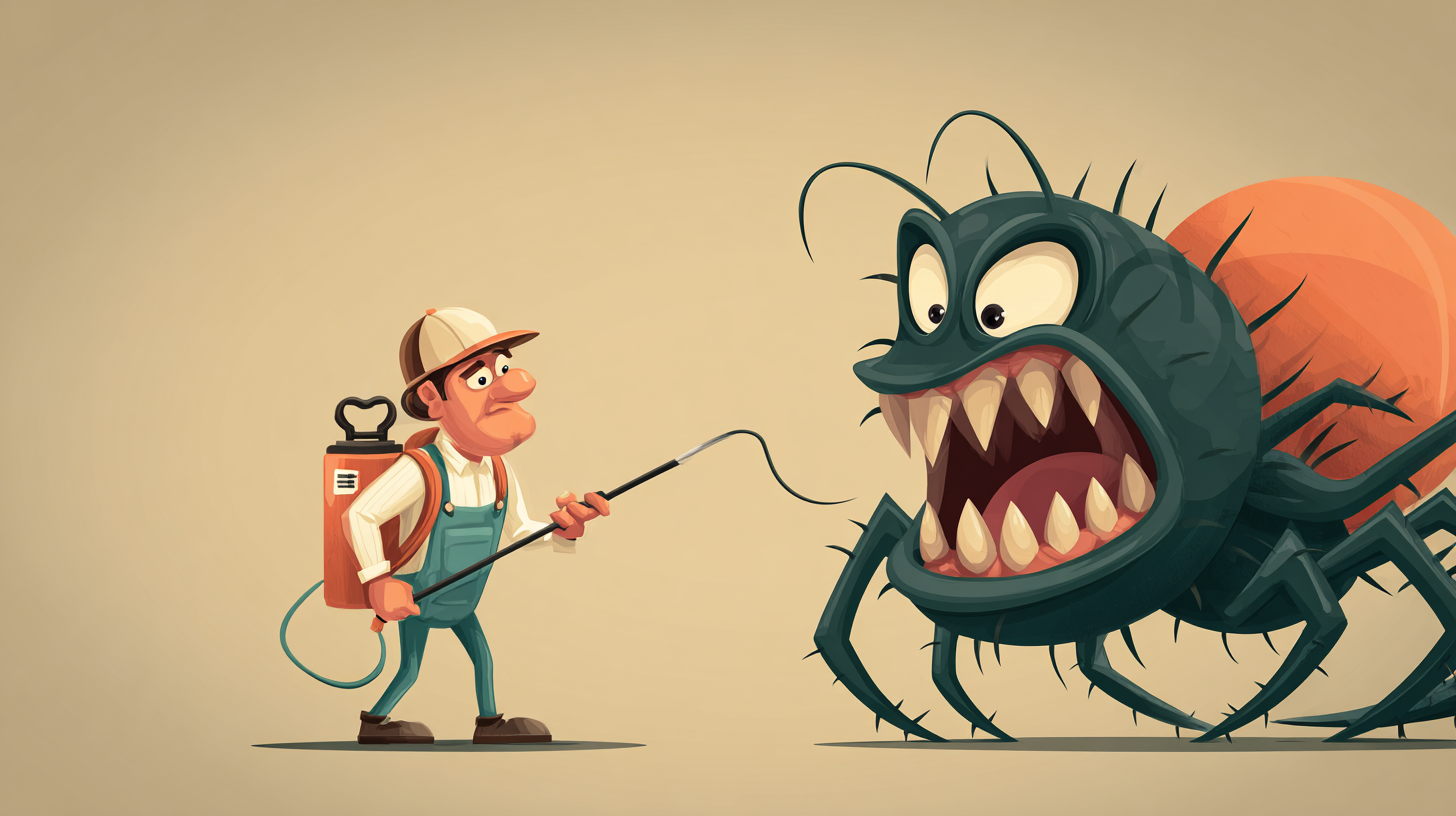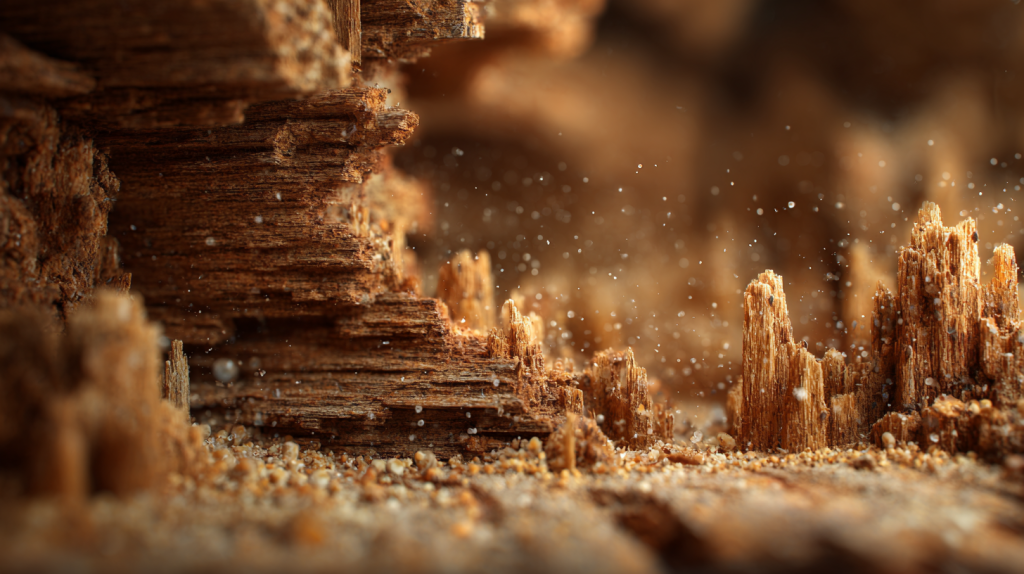
Table of Contents
If you’ve ever wondered just how much wood termites chew through every day, the answer is: more than you want to know. Drywood and subterranean termites both snack on your house like it’s a charcuterie board, but their eating habits couldn’t be more different. So, who’s hungrier? Let’s break it down.
Key Takeaways
- Drywood termites eat about 0.09–0.2 mg of wood per termite per day, with some studies showing as high as 0.59 mg/day in perfect lab conditions.
- Subterranean termites average 0.08 mg per termite per day, but their giant colonies can eat grams—or even hundreds of grams—daily as a group.
- A single drywood colony causes damage slowly but steadily. Subterranean termites? They’ll wipe out wood faster thanks to sheer numbers.
- Formosan subterranean termites are the monsters of the bunch—mature colonies can destroy nearly 13 ounces (400 g) of wood per day.
- Translation: drywood termites are like a small but persistent nibble, while subterranean termites are a full-on buffet line.
Drywood Termites: The Silent Nibblers
Species like Incisitermes immigrans and Cryptotermes brevis quietly set up shop inside your wood. They don’t need dirt, they don’t build mud tubes, and they don’t forage far. They just… live in your beams, door frames, and furniture.
- I. immigrans nymphs: ~0.2 mg/day.
- C. brevis nymphs: ~0.15 mg/day.
- C. cynocephalus: ~0.09 mg/day.
Sounds tiny, right? But multiply that by thousands of termites munching 24/7 in your Bradenton attic beams, and you’ve got years of slow but real destruction. And don’t forget their calling card—tiny six-sided fecal pellets, also known as frass, which they kick out of galleries like confetti.
| Termite Type | Per-Termite Daily Consumption | Average Colony Size |
|---|---|---|
| Drywood (I. immigrans) | ~0.2 mg | ~2,500 |
| Drywood (C. brevis) | ~0.15 mg | ~1,000 |
| Drywood (C. cynocephalus) | ~0.08 mg (range 0.07–0.09 mg) | ~2,058 (1,000–4,000) |
| Drywood (optimal lab) | Up to ~0.59 mg (range 0.33–0.86 mg) | ~2,500 |
| Subterranean (Workers) | ~0.08 mg (range 0.004–0.196 mg) | ~300,000 (60,000–2,000,000) |
Subterranean Termites: The Colony Crushers
Now let’s talk subterranean termites—Bradenton’s other favorite houseguests. Individually, they don’t eat much more than drywood termites (around 0.08 mg/day), but here’s the kicker: colony size.
- A single colony of 60,000 workers can chew through nearly 5 grams of wood per day.
- The notorious Formosan subterranean termites? Their colonies are so massive they can eat nearly 400 grams (13 ounces) of wood daily. That’s like watching an entire bookshelf disappear in real time.
These termites don’t just stay in one piece of wood—they spread through soil, build networks of mud tubes, and attack multiple structures at once.
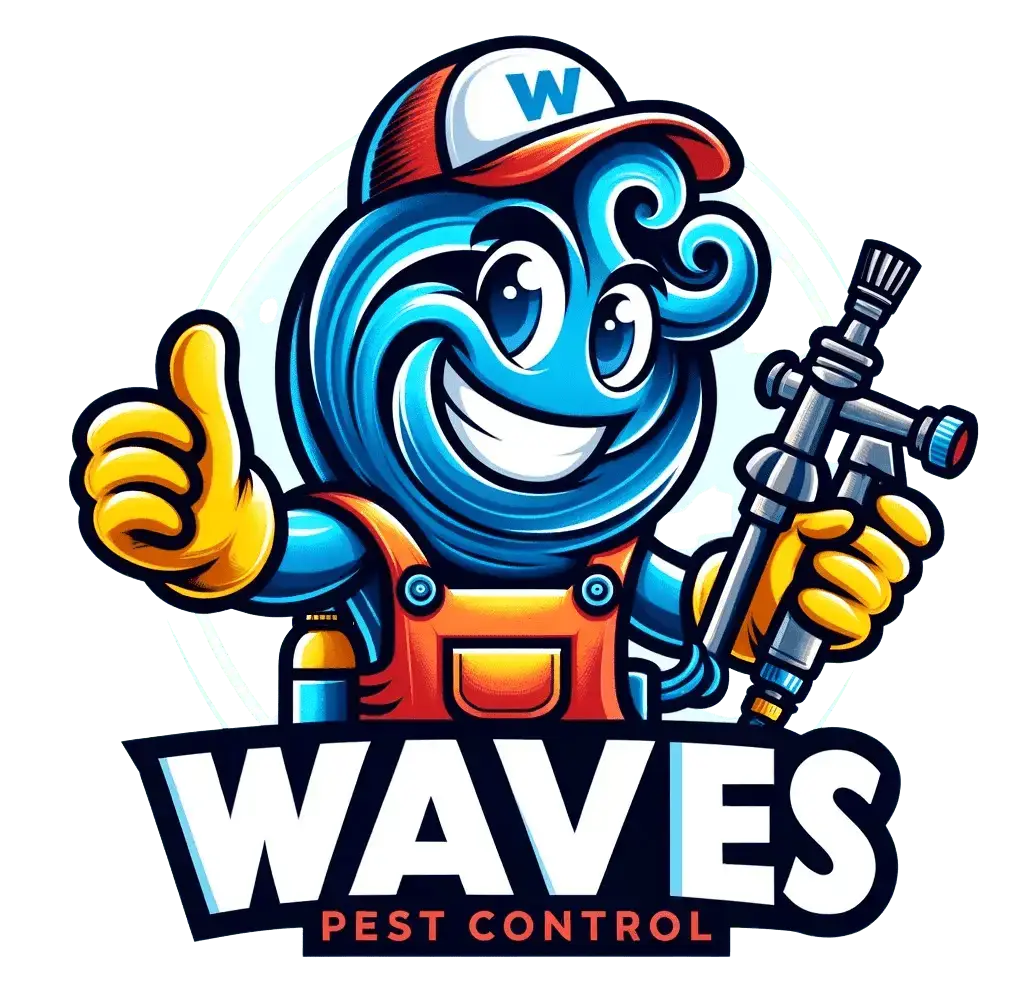
Protect Your Home from Drywood Termites!
Trust Waves Pest Control for expert drywood termite control in Bradenton, FL. Call now or request your free inspection online!
Request an InspectionWhy This Matters for Bradenton Homes
Living in Bradenton means you’re on both termites’ hit lists. In coastal areas like Bradenton, humid air makes wood more appetizing, and homes with even a little exposed wood are vulnerable.
- Drywood termites: localized infestations, often caught late because they hide well.
- Subterranean termites: bigger colonies, faster damage, more expensive fixes.
Bottom line? Both can cost you thousands, but subterranean termites are the ones that can turn your woodwork into mulch before you know it.
Frequently Asked Questions (FAQs)
Who causes more damage in Bradenton—drywood or subterranean termites?
Subterranean termites cause more damage overall because their colonies are massive. Drywood termites eat more per termite, but their smaller colonies limit collective damage.
How much wood can one termite eat in a day?
Drywood termites eat between 0.09–0.2 mg/day, while subterranean workers eat about 0.08 mg/day. It’s colony size that makes the difference.
How much damage can a Formosan colony do?
A mature Formosan subterranean colony can consume nearly 400 g of wood per day—that’s about the weight of a loaf of bread in wood.
Are drywood termites less dangerous than subterranean?
They’re slower, but still dangerous. Drywood termites hide inside beams and furniture, often going undetected for years.
What’s the best way to protect my Bradenton home?
Annual termite inspections, barrier treatments, and in some cases baiting systems are the best defenses. Catching them early saves thousands in repairs.

